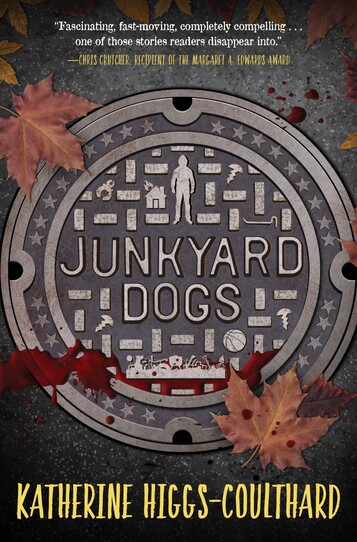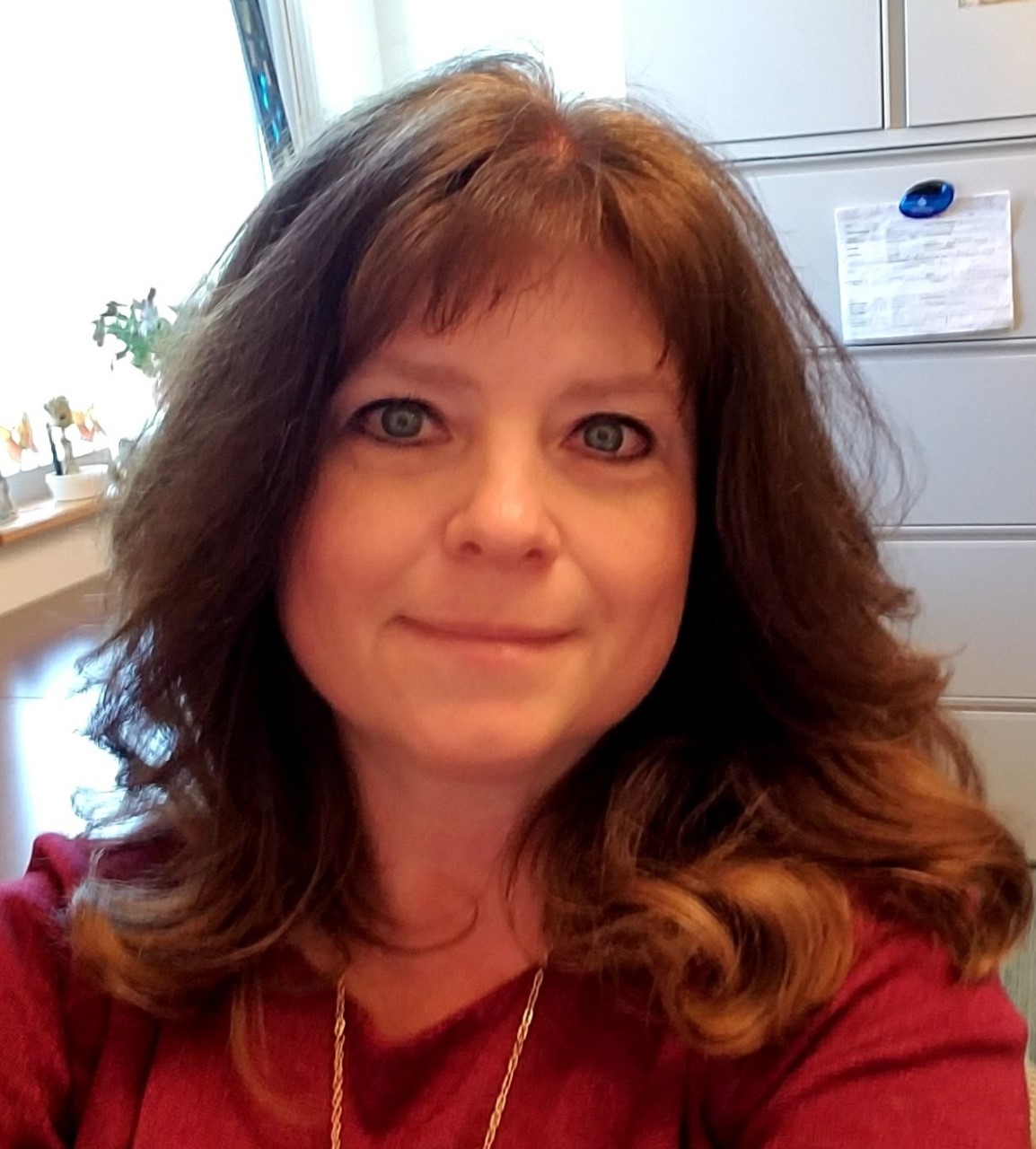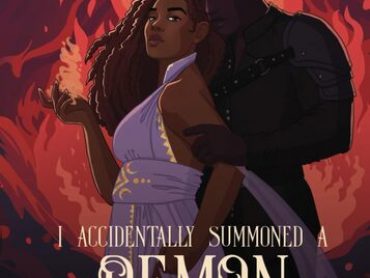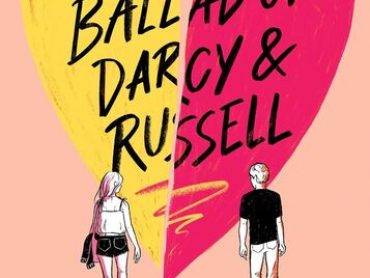Katherine Higgs-Coulthard is the author of Junkyard Dogs. The novel follows Josh who is trying to uncover the truth and find his father. The book was inspired by the Manhole Murders, which took place in South Bend, Indiana in the early 2000s. YEM was able to speak with Katherine Higgs-Coulthard about creating her characters, her favorite part about writing for a young adult audience, and what her writing process is like.
Young Entertainment Mag: When did you first know you wanted to be an author?
Katherine Higgs-Coulthard: I have been a writer my whole life. My earliest memories are climbing the big sycamore tree in our yard and spending hours writing in my notebooks. When I was about ten, I read Harriet the Spy by Louise Fitzhugh. I was so inspired by the character of Harriet that I used to sit in the back of my mom’s bus and record observations of the people on her route.
YEM: Where did the inspiration for Junkyard Dogs come from?
Katherine: For most of my work, inspiration comes from combined sources. Junkyard Dogs actually started with the character of Stan. I had noticed a man frequently walking in town with very interesting mannerisms—he often wore no shoes and would stare up at the sky while he walked. I wanted to explore reasons why someone might behave that way, so I drafted a character sketch of Stan.
The story itself actually is inspired by events that happened in the town where I work. There was a crew harvesting the copper from manholes along the railroad track and selling it as scrap metal. The crew made national news when several of them were killed over a dispute. While Junkyard Dogs is not based on the facts of that case, the idea of a crew harvesting scrap metal from manholes came from that.
YEM: What was it like to create such a complicated character like Josh?
Katherine: For me, characters are the easiest part of writing. I do a lot of prewriting exercises (there are some great ones available online) to get to know their core beliefs and values. Once I know these basics, it becomes easier to know how they would behave in a given setting. I did struggle more with Josh than other characters, though, because of his loyalty to Stan. My editor kept asking why Josh would stick by Stan for so long when he clearly didn’t have Josh’s best-interest at heart. The answer came back to those core beliefs, though. Josh believes in family and Stan was the closest thing to family he and his little brother had.
YEM: Did you know that you wanted to write a story with such a gut-wrenching story from the moment you started it?
Katherine: I knew that Josh’s story was going to be hard even before I started writing. Josh and his little brother are struggling with poverty and the adults who are supposed to take care of them just don’t. That is true for many of our nation’s youth. But, while Josh’s story is gut-wrenching, there is hope and love throughout the story. Josh cares deeply for his little brother, Twig. He does everything he can do to keep Twig housed and fed. The book doesn’t end with a bigSet featured image happy bow, but it ends with that same hope and love. It was important to me to show that sometimes life is really hard, but that there are people who can help and that help might come from someone unexpected.
YEM: What is your favorite part about writing for a young adult audience?
Katherine: I actually love to write with young adults. I am blessed to have the support at Saint Mary’s College to host a teen writing conference every year that allows me to bring in teens from across the country, along with other YA authors for a day of writing together. There is such joy in being part of a community like that—writers who love the work of writing.
As far as writing for a young adult audience, I find that age group uplifting. They see the problems in the world very clearly, but they also see paths toward solutions. I love to write about characters that are not heroes in the traditional sense, but that face difficult situations heroically. I also love that YA readers engage with the story on a personal level. Several of my beta-readers are young adults and they challenge me as a writer to be the best I can be because they are going to call me out on any bull.
YEM: What do you hope that your readers can take away from reading your books?
Katherine: I really hope that readers walk away knowing that there is a path through even the most difficult situations. Sometimes we’re given people in our lives that can’t or won’t be what we need them to be. But, to quote Mr. Rogers, there are helpers everywhere if we look for them.
YEM: Do you have any advice for someone who would like to be an author one day?
Katherine: Being an author starts with writing. You can have the best idea in the world, but if you do not do the work of writing, there will be nothing on the page for anyone to read. I used to think that I could only succeed as a writer if I had huge, uninterrupted chunks of time to write. The truth is that never happens for most writers. Instead, you have to take advantage of the spaces between other commitments. I write a lot in the carpool line or while I’m waiting for appointments.
YEM: What was the writing process like?
Katherine: Junkyard Dogs was easier for me to write than my last book (Hanging with My Peeps, 2016). I grew a lot as a writer by writing Peeps and the revision process that I went through with that first book informed my early drafts of Junkyard Dogs. I tend to write the first draft of novels in my writer’s notebook—collecting ideas and discovering the characters. I move to my laptop to flesh out the scenes and add in the connective tissue of the plot.
The other part of the writing process is revision. Getting feedback from beta-readers and—once Peachtree Teen picked up the story—an actual editor made a world of difference in the story. Critical readers ask insightful questions that make writers dig deeper into characters motivations and behaviors. I love that part of revision because it helps me see the gaps that my mind had filled in, but that I had failed to put on the page for the reader.
YEM: Who has inspired you as a writer?
Katherine: As a young writer, I was most inspired by Ursula LeGuin. I loved her ability to create worlds that readers would tumble into. I also had teachers and librarians who encouraged my love of writing and supported my growth. As an adult writer, I gain inspiration from the writers in my community. I belong to the Society of Children’s Book Writers and Illustrators and our Michigan chapter is filled with incredibly talented and hard-working writers.
YEM: What is something you learned about yourself through the writing process?
Katherine: I believe that “write what you know” does not have to mean writing about your own experiences, but rather it can mean using the emotional core of your experiences to create believable characters. Writing Junkyard Dogs definitely allowed me to use emotions I have experienced in my own life, but even more than that it pulled me more deeply into those memories so that I processed them on a different level. Specifically in writing Josh’s story, I relived my own house burning down when I was in elementary school. Considering how Josh would experience a similar loss pushed me to think about what I value in my life and led me to the realization that I don’t really care very much about possessions.
YEM: How long did it take you to write Junkyard Dogs?
Katherine: Oh, this is a hard question! I first started thinking about Stan’s character more than five years ago. It took me about a year before I found the hook of how to write about him in a way that gave him a chance to be a dynamic person. Once I had that hook, it took me about two years of writing to get a solid draft. The revision process also took another full year. Part of this is because I am also teaching full time as a college professor.
YEM: Are you thinking of possibly making a sequel to Junkyard Dogs?
Katherine: I do not see a sequel for Junkyard Dogs on the horizon, but I have planted an Easter Egg in my next book. One of the characters from Josh’s world is going to make a cameo appearance in this next story. I am eager to see if readers notice.





